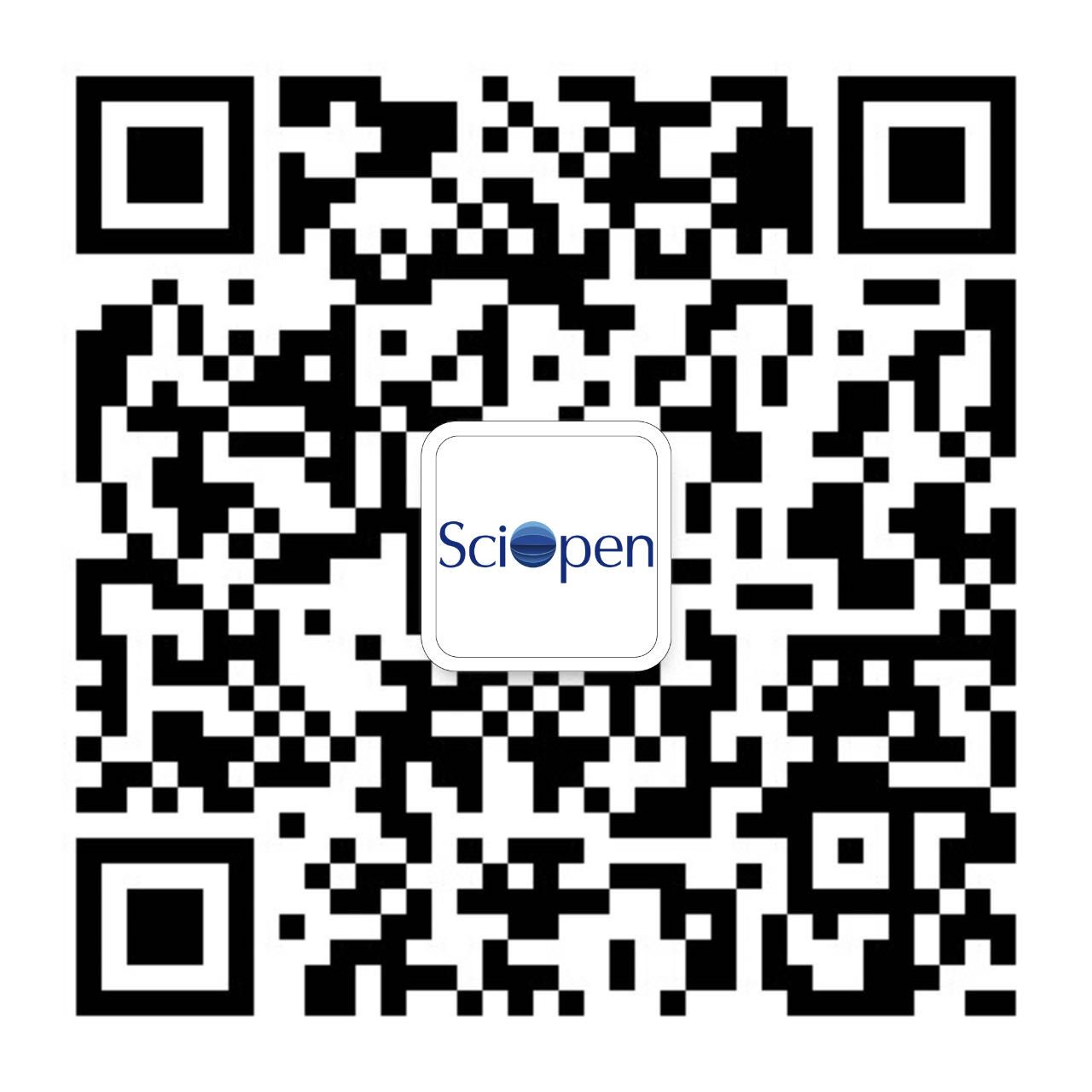Potential advantages of active electrode nanomaterials have led to development of high energy and power density lithium-ion (Li-ion) batteries. However, under increasing demand for critical resources such as lithium and cobalt, it is necessary to use abundant raw materials, which can be obtained from industrial waste. In this work, purified Mg(OH)2 from waste generated in the production of Li2CO3 with natural brines from the Salar de Atacama (Chile) is used as a doping agent for synthesis of LiMn2O4 (LMO) spinel octahedral nanoparticles co-doped with excess Li and Mg. Crystallization of a pure cubic spinel phase (
Publications
Article type
Year
Research Article
Issue
Nano Research 2022, 15(5): 4500-4516
Published: 18 January 2022
Downloads:49






 京公网安备11010802044758号
京公网安备11010802044758号